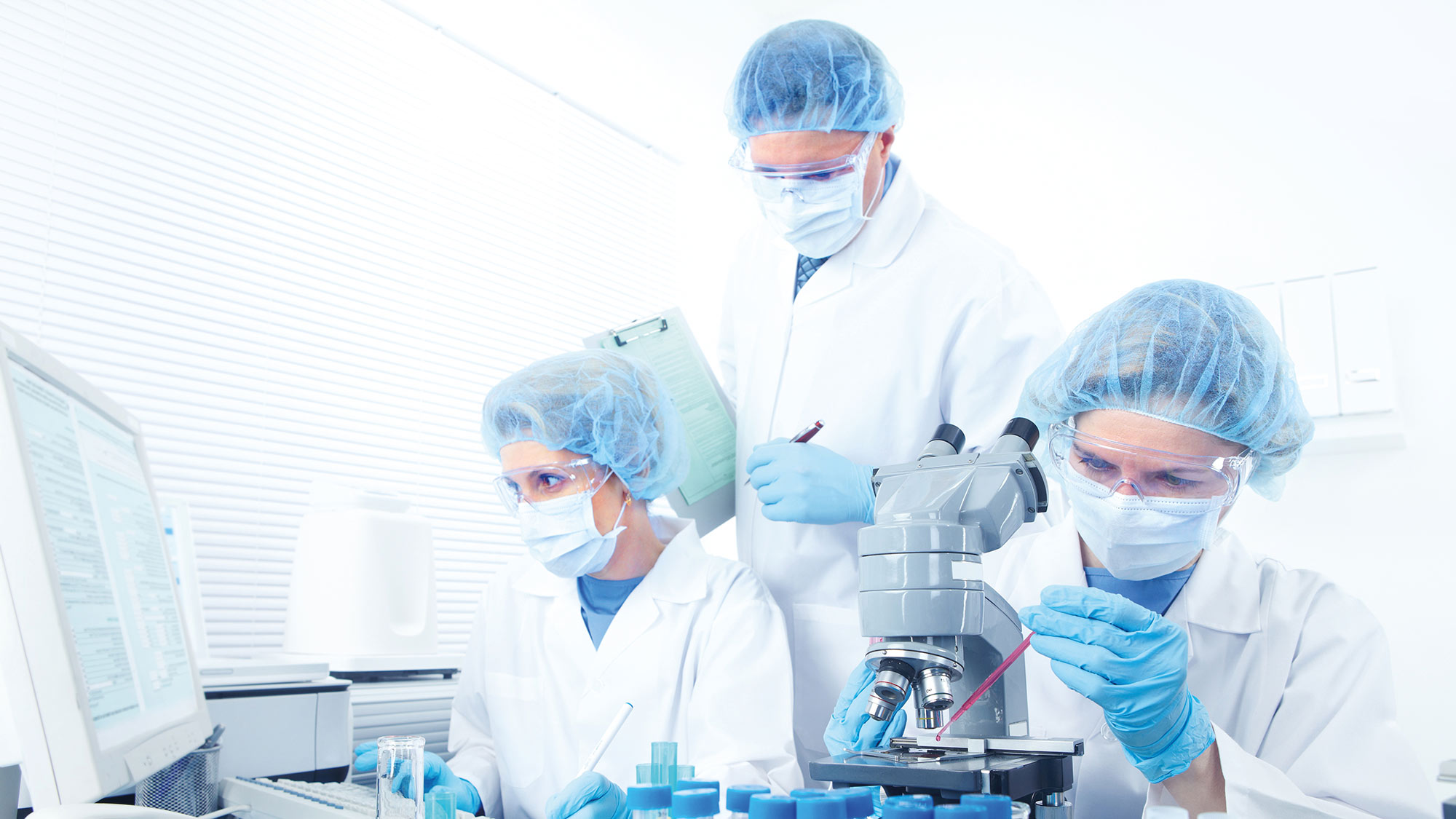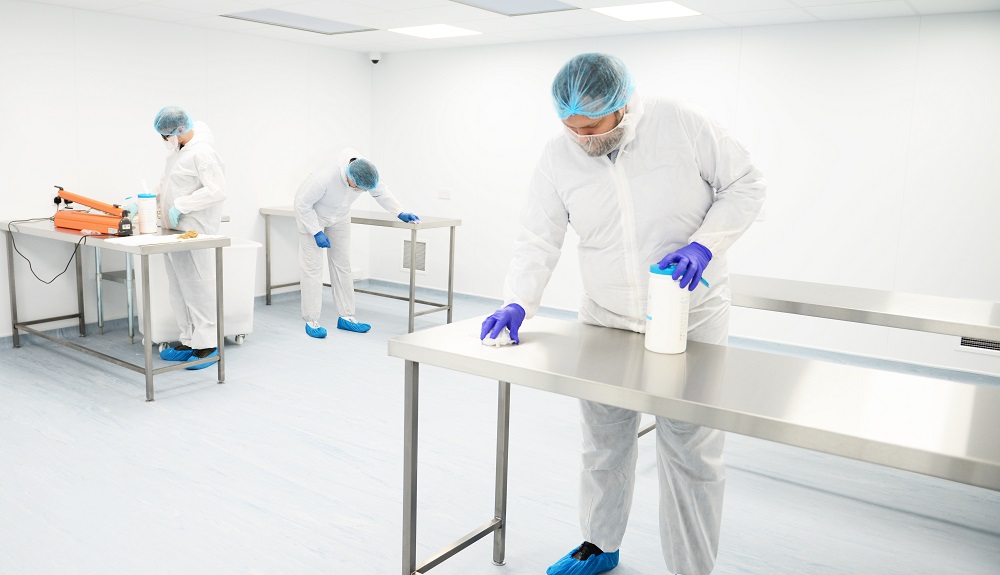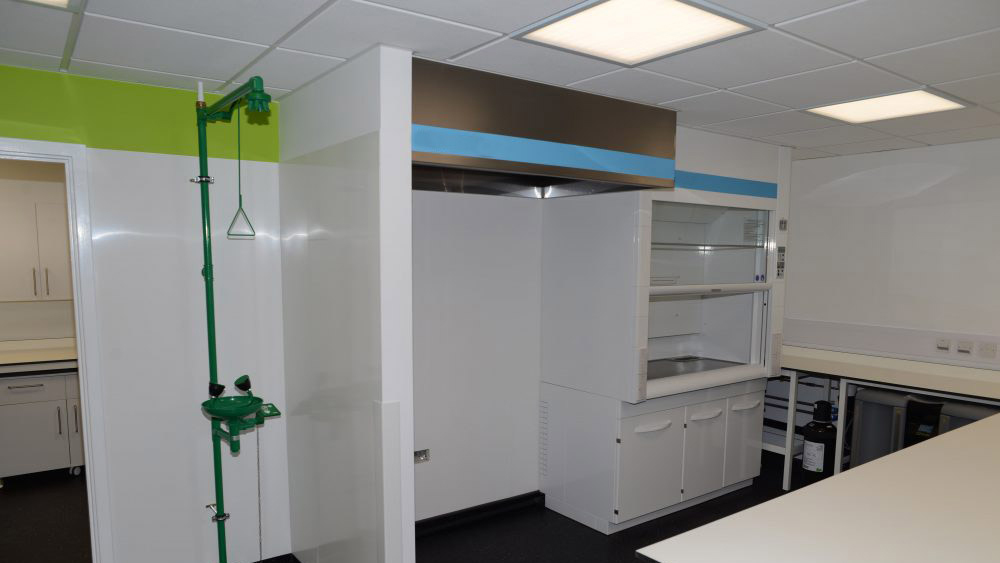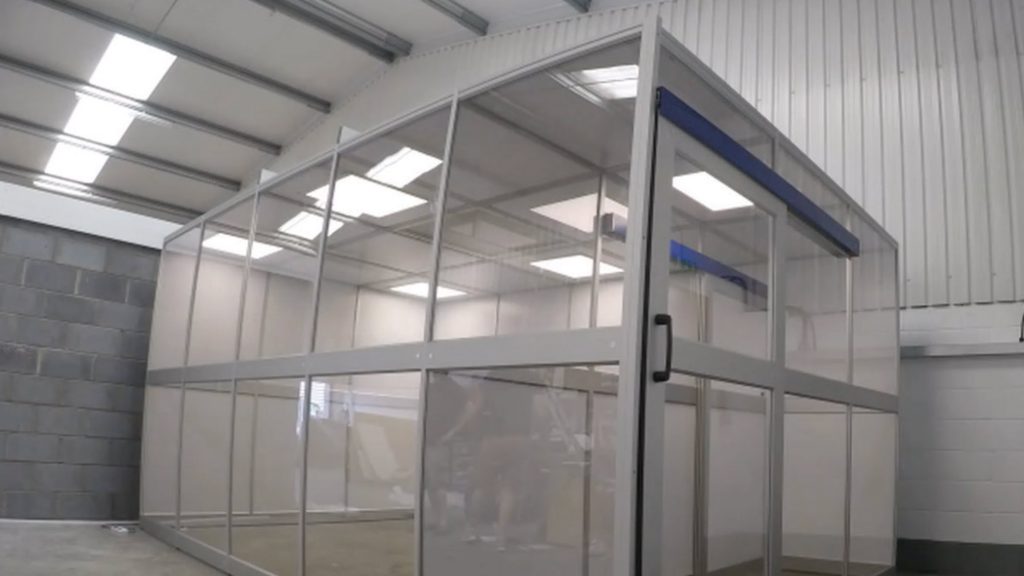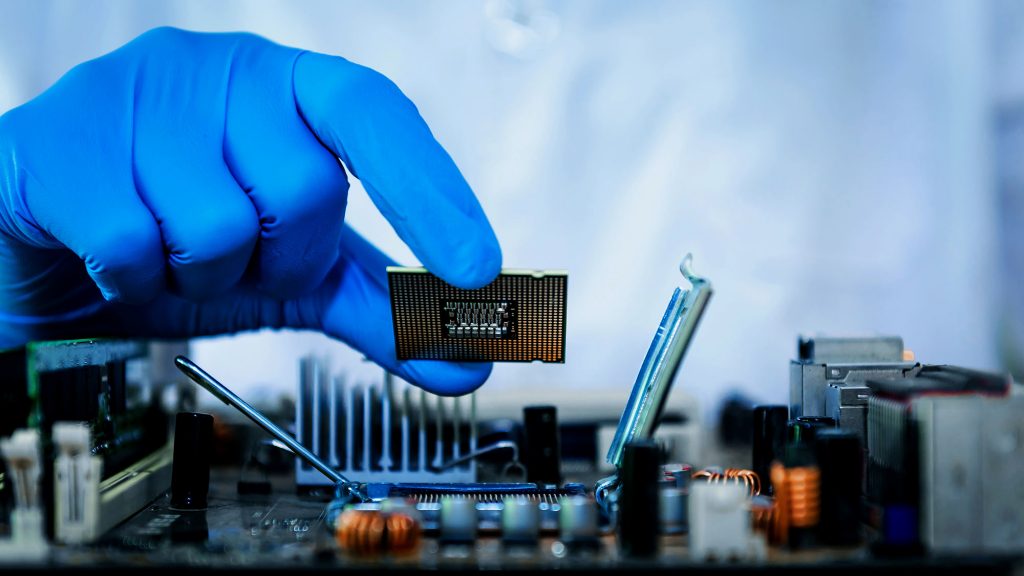People are the most significant source of contamination in a cleanroom. After all, everything else which is allowed to enter a cleanroom can be disinfected before taken inside, unlike people. So how much contamination can come from clean people? The average human will lose 6 – 14 grams of dead skin particles every day and will lose a complete layer of skin about every four days. That is equivalent to 10,000,000 particles each day! Our range of disposable cleanroom facemasks provides the flexibility of choice as well as quality guarantees to ensure the protection needed to minimize contamination and reduce the risk of costly downtime.
It’s, therefore, no surprise then that the consensus is that people account for up to 80% of all particles generated in a cleanroom.
While different ISO-rated cleanrooms require varying levels of cleanroom protective clothing, facemasks are the product that people often feel most strongly. They make breathing seem a little less natural, disguise faces, and hinder communication.
Nonetheless, they are essential bits of kit in most clean environments, so it is crucial to choose the mask which is not only fit for purpose but also allows the wearer to feel comfortable.
THERE ARE FIVE MAIN MASK OPTIONS:
Tied facemasks
A popular choice because they have greater flexibility of adjustment than other facemasks.
Earloop facemasks
With premium comfort earloops, these fit underneath hoods.
Pouch-style facemasks (also referred to as duckbill facemasks)
These masks are specially designed to filter dust and also features a neck guard.
Head loop facemasks
These fit around the head, over the top of a hood, and overlapping at the sides, so only the eyes are visible.
Veils
These come with two fixing options – head loop or studs to fix on to reusable hoods – and tuck into the cleanroom coverall, providing the protection needed with total comfort.
After you have selected the most appropriate facemask for your requirements, the next area for consideration is maximizing the effectiveness of the item.
THERE ARE FOUR ELEMENTS TO THIS:
1. Hygiene. Thoroughly wash hands before putting the mask on. If antibacterial soap and water aren’t available, use an alcohol disinfectant instead.
2. Coverage. The facemask should cover both the nose and mouth.
3. Fit. Once on, check that the mask fits correctly – no air should escape from mask edges.
4. Breathe. It sounds obvious, but remember to breathe in through the nose so that the cilla can catch particles, and out through the mouth.
If you would like a sample or more information about the range, please contact the team please contact the team
 +44 (0)1473 836 205
+44 (0)1473 836 205


